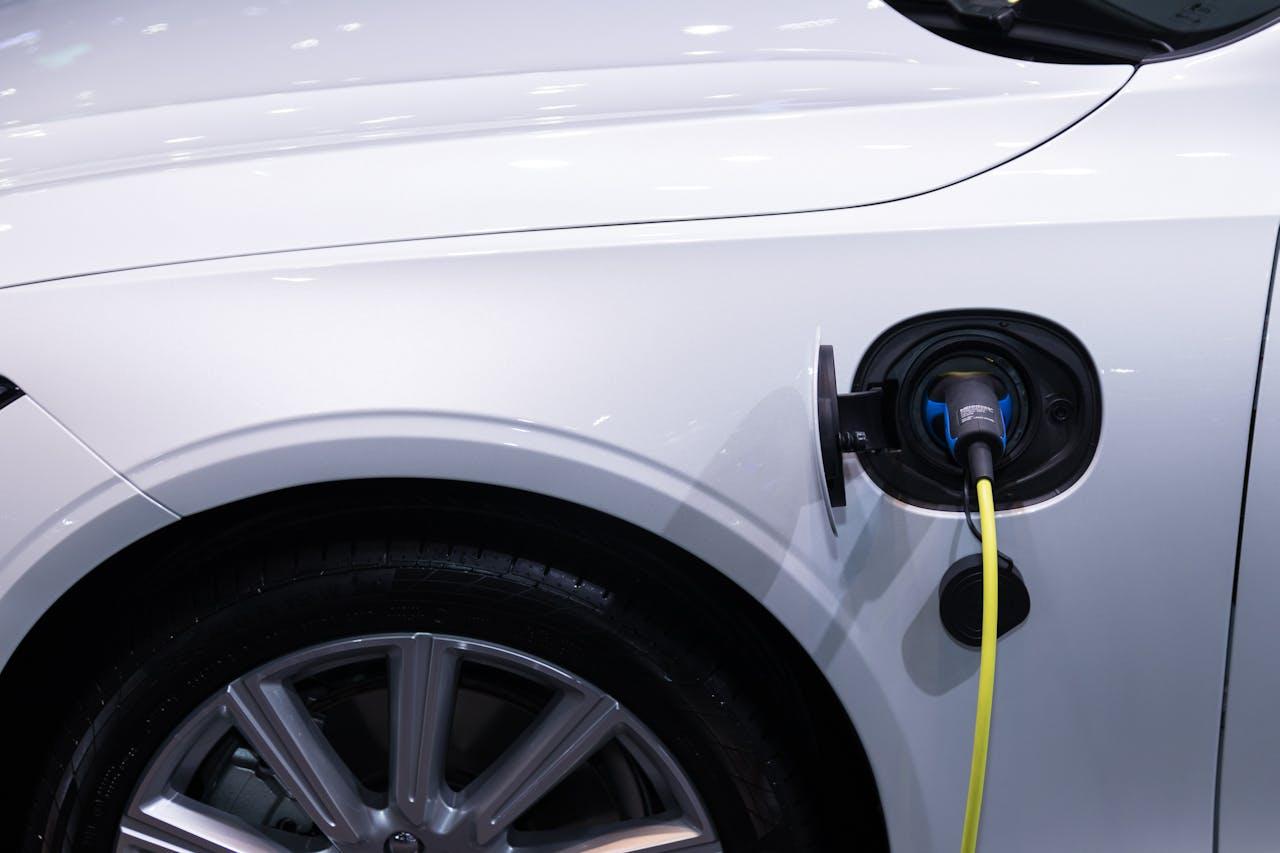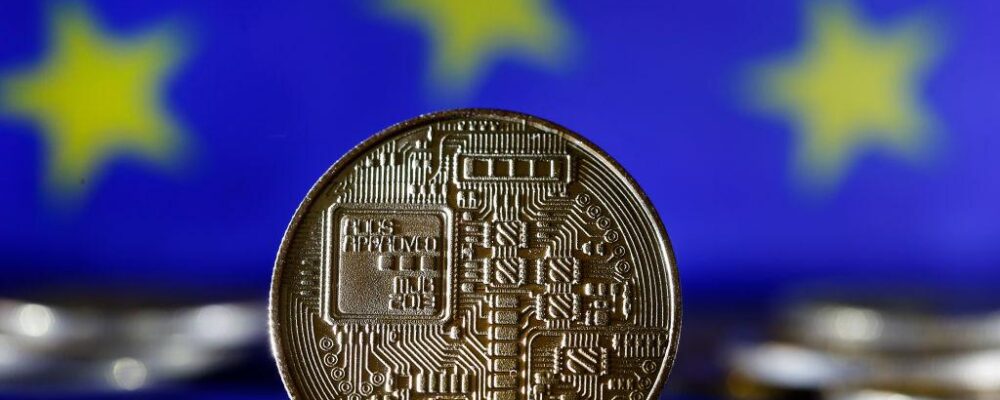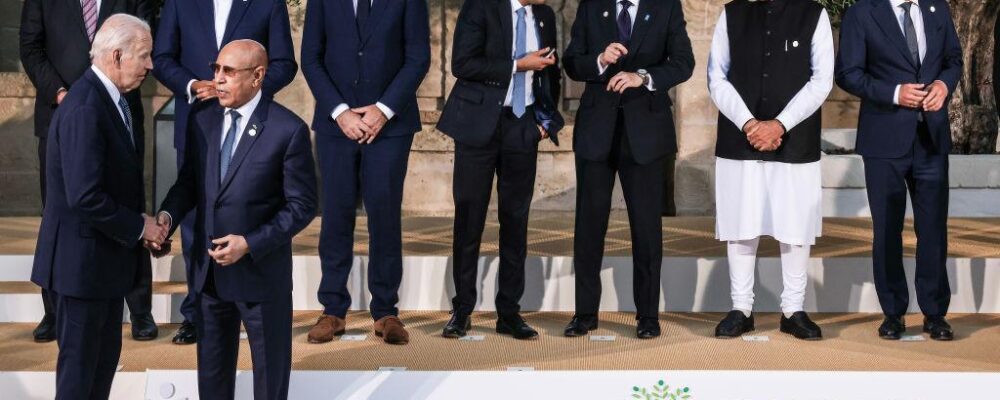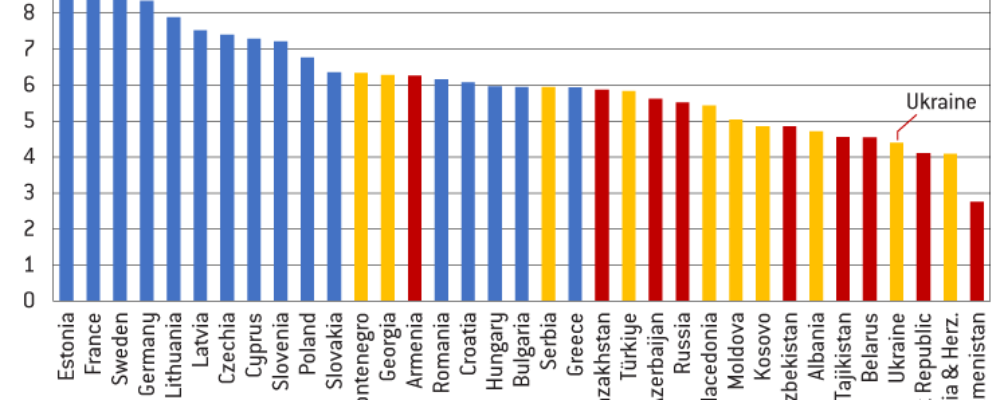On 14 May, United States President Joe Biden announced new tariffs on China under Section 301 of the Trade Act of 1974 (unfair trade)
. The additional tariffs – on top of earlier tariffs, including those imposed by President Trump – cover imports from China in several sectors, including semiconductors (tariff rises from 25 percent to 50 percent), solar cells (from 25 percent to 50 percent), electric vehicle batteries (from 7.5 percent to 25 percent) and electric vehicles (EVs; from 25 percent to 100 percent).
Most of these products are already subject to high duties or extensive trade-remedy measures, so the amount of imports from China covered by the new tariffs, including EVs, is small at $18 billion. In fact, the US imports essentially no EVs from China. However, it is a sector of great concern to the European Union, which in October 2023 opened an anti-subsidy investigation into Chinese EVs, which may trigger countervailing duties
. The US move may therefore have implications for the pending EU decision on countervailing duties on China.
An extraordinary decision, driven by domestic politics
The US decision on Chinese EVs is extraordinary in four respects:
- First, the 100 percent tariff is prohibitive. Ostensibly justified by China’s own subsidies, it would imply that half of the cost of Chinese EVs is paid for by government funds, far beyond the range of other estimates (Transport & Environment, 2024).
- Second, unlike previous protection episodes, such as when the US was responding to the threat of Japanese car manufacturers, there are virtually no Chinese car imports today, and US manufacturers, especially General Motors, already have large footprints in China, whereas they were marginal in Japan. Though GM sales in China have declined recently, for more than a decade until 2023, China was a profit engine and the company’s top sales market.
- Third, the EV tariffs depart from the US emphasis on national security to adopt anti-China measures (unless one believes that EVs are meandering Chinese spies), suggesting that all sectors are now in play.
- Fourth, the measure runs counter to the Biden Administration’s green transition goals, which include large tax breaks for EVs, intended to lower the cost for consumers of green alternatives.
The decision on EVs and its timing are strictly political and reflect the extraordinary power of the United Auto Workers union in swing states in the run-up to the US presidential election. The decision is nevertheless a surprise in the light of recent efforts at China-US rapprochement, including exchanges at senior military level, and talks on AI and climate change. China will be affronted and many China-dependent US firms, which had hoped for tariff reductions, will be disappointed. The decision is, however, consistent with US Trade Representative Katherine Tai’s “Worker Centric” trade policy which claims to place workers’ interests ahead of those of firms
.
Global impact
The immediate economic impact of the tariffs will be minimal at the macro level, whether on quantities, prices, or exchange rates; $18 billion is tiny relative to the size of the two economies, and even the $500 billion that China exported to the US in 2023. Even so, they will hurt some Chinese companies and US importers. The effect on US consumers and prices will be minimal and take the form of lost future opportunities rather than immediate cost, especially in relation to EVs.
China’s retaliation (it always retaliates) will be proportionate and limited. If the past is a guide, retaliation will affect mainly some US agricultural exports, which can be sourced easily elsewhere, and US exporters will be compensated for their losses in China. But even if the Chinese government does not retaliate against US car exports and investments in China (which it continues to court), the Chinese consumer is unlikely to respond well to America’s extreme measure on EVs when he or she chooses the next car to buy.
Perhaps more worrying is the further escalation of tensions with China that the tariffs represent – a dangerous trend with many repercussions. It may undermine any Chinese willingness to play a moderating influence on the war in Ukraine. The tariffs also quash any notion that the US intends to abide by World Trade Organisation rules. These two considerations, by themselves, increase policy uncertainty globally and are bound to have a dampening effect on international trade and investment (Al-Thaqeb and Algharabali, 2019).
The US approach diverges from that of the EU, which is building a case for countervailing duties under WTO rules. Although the outcome may also be new tariffs, in the EU there will have been due process based on evidence. But politically, prohibitive US tariffs place enormous pressure on the EU to apply its own. Even though there is no immediate threat of trade diversion, EU firms such as Stellantis, and unions that lobby for tariffs, will argue that Chinese EV exporters, cut off from the US market, will focus on the huge EU market instead. Though EU firms are still the largest exporters of EVs from China to the EU by a wide margin, the share of Chinese indigenous manufacturers is rising rapidly.
The adverse effect on trade relations of the new tariffs will extend beyond trade under the WTO to encompass trade under regional agreements. This is because US politicians are determined to avoid China-sourced products coming in through the back door – strict rules of origin are already there to prevent that – and to prevent the products of Chinese-invested companies from entering. In their view, even if batteries, EVs and semiconductors are manufactured by a Chinese-invested company in a US trading partner, and are entitled to tariff-free treatment under a regional agreement, they should be discouraged. This also applies to Chinese companies producing in the US
. Mexico and Morocco are two examples of US regional trade agreement (RTA) partners that host Chinese manufacturers of batteries and soon of EVs, where frictions are bound to rise.
Even though the EU remains more open to Chinese producers on its territory than the US (eg BYD in Hungary, CATL in Germany and Hungary), it will face a similar challenge with its RTA partners if, as expected, it applies its own tariffs on Chinese EVs. These tensions among parties to RTAs, together with China’s retaliation against EU and US EV tariffs, is likely to mark this episode as a classic example of protectionist contagion.
A separation of Chinese and US value chains?
The EV value chain is destined to increase greatly in importance to mitigate climate change. From the standpoint of US industrial policy, a big question raised by the prohibitive tariffs on Chinese EVs and by the accompanying resistance against hosting Chinese producers is whether a US EV/battery value chain entirely separate from China is sustainable and realistic. The US is undoubtedly capable of developing such a chain, but can it do so at reasonable cost and without falling behind in quality and efficiency? On the answer to this question rests the calculation of long-term consumer losses from the tariffs against the counterfactual, the speed of the US green transition, the burden on government finance from the possibility of more subsidies, and even the solvency of US car companies.
Even a cursory examination of China’s current competitive advantage in EVs suggests that the answer to the question is no. China produces almost twice as many EVs as the EU and US combined, the share of EVs in new car registrations is rising rapidly, and it has reportedly moved ahead at the combined quality/price/technology frontier
. The latest BYD Model, the Seagull, sells in China at slightly less than $10,000, and has been highlighted as an illustration of China’s competitiveness
. Tesla founder Elon Musk has been openly pessimistic about the West’s ability to compete with Chinese cars
.
China’s cost advantage arises from a combination of scale, advanced and lower-cost battery technology, availability of IT and AI expertise, lower labour costs, and intense competition in the Chinese market, with dozens of domestic and foreign producers active. Central and provincial government subsidies still play a role, and their extent is what the EU investigation will evaluate. The only available and presumably reliable numbers on subsidies received are those declared by Chinese publicly traded companies such as BYD, and are small relative to turnover or value added
.
China’s EV exports increased by over 60 percent in 2023 to reach 1.2 million units, directed mainly at Europe, Mexico and several emerging markets in Asia. Since the biggest Chinese EV manufacturers and their battery suppliers have developed distinctive assets (brand, technology and design), they are new able to set up manufacturing and distribution channels overseas, in markets including Thailand, Indonesia, Australia, Morocco, Mexico and Hungary. Chinese EV manufacturers are also rapidly gaining market share in China, where competitors are increasingly struggling.
As EVs become even more established worldwide, the scale advantage of the most successful Chinese producers over US-based producers will only increase, as will their capacity to target individual markets with customized products on a common platform. Finally, it is important to note that the largest US car companies, Ford and General Motors, are not in the best shape to compete in the intensifying EV market. Standard and Poor’s rates Ford’s and GM’s long-term debt at BB+ and BBB respectively, just below and just above investment-grade. The market capitalisations of BYD and Xiaomi, the two largest Chinese EV producers, are $86 billion and $62 billion respectively, while those of GM and Ford are both around $50 billion.
The EU’s strategy
Should the EU adjust its policies in the light of the new Biden tariffs, and if so, how? Note that since there will be no surge of Chinese EVs diverted from the US market, it is not a given that the EU needs to alter its course.
The EU’s trade strategy on EVs must pursue six main objectives: 1) a fair deal for EU manufacturers insofar as they are affected by China’s subsidies in excess of subsidies they receive at home, and one that is in line with WTO rules; 2) stand up for the interests of EU car exporters and manufacturers in China, which are also recipients of various subsidies; 3) the long-run health and competitiveness of the EU car industry; 4) protect the interests of consumers, especially those with low incomes, who would benefit greatly from cheaper cars; 5) ensure the speed of the green transition; 6) maintain a cooperative and constructive relationship with China for both economic and geopolitical reasons. To progress towards all six objectives simultaneously is a challenge, but can be done:
- The EU’s stated objective should be to arrive at competitive neutrality in the EV sector, enhancing and not preventing fair competition that will promote productivity growth and innovation. Accordingly, the countervailing duty margin on Chinese EVs should be computed objectively and realistically; it should be defined and documented in a way that is entirely robust to legal challenge at the WTO. It should also take account of subsidies at home to reduce the EU’s vulnerability to a Chinese counter: if the net subsidy is found to be zero, the countervailing duty margin should be zero, and the countervailing duty, if any, should be set at the minimum level consistent with the findings. The duty should be accompanied by a proposal to set up a China-EU working party with a mission to identify and monitor EV subsidies, and to reduce them with a view to eliminating the duty margin over a defined period.
- To ensure the long-term vibrancy and competitiveness of its car industry, to safeguard the interests of its consumers, to sustain the green transition, and to maintain good relations with China, the EU should adopt an open-door policy on Chinese inward investment in its EV and battery sectors, while insisting on continued fair treatment of its firms that have already established footholds in the Chinese market. The EU may need to prepare, ultimately, to confront US restrictions on China-invested cars produced in Europe, such as Geely-owned Volvos.
- It is possible that, once embarked on this course, the EU may nevertheless face an excessively rapid penetration of imported Chinese EVs sometime in the future. Should that happen, the EU may resort to a WTO-compatible safeguard measure. The advantage of the safeguard course is that the increase in tariffs would be time bound (three years). Safeguard tariffs must, however, apply to all imports, not only those from China.
References
Al-Thaqeb, S.A. and B.G. Algharabali (2019) ‘Economic policy uncertainty: A literature review’, The Journal of Economic Asymmetries 20, available at https://www.sciencedirect.com/science/article/abs/pii/S1703494919300726
Autor, D., A. Beck, D. Dorn and G.H. Hanson (2024) ‘Help for the Heartland? The Employment and Electoral Effects of the Trump Tariffs in the United States’, Working Paper 32082, National Bureau of Economic Research, available at https://www.nber.org/papers/w32082
Transport & Environment (2024) ‘To raise or not to raise: How Europe can use tariffs as part of an industrial strategy’, Briefing, available at https://te-cdn.ams3.digitaloceanspaces.com/files/2024_03_TE_EV_tariffs_paper.pdf
Established in 2005, it is independent and non-doctrinal. Bruegel’s mission is to improve the quality of economic policy with open and fact-based research, analysis and debate. We are committed to impartiality, openness and excellence. Bruegel’s membership includes EU Member State governments, international corporations and institutions.
Please visit the firm link to site






